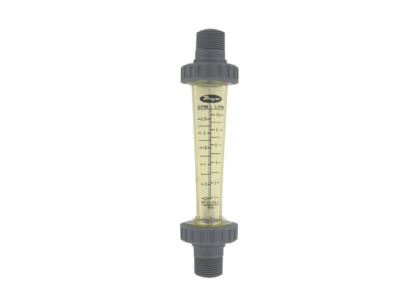Maintaining a resilient supply chain during natural disasters is crucial for businesses to mitigate disruptions and ensure continuity. Natural disasters, such as hurricanes, earthquakes, and floods, can create significant challenges for supply chains, leading to delays, increased costs, and even complete operational shutdowns. This blog will explore practical strategies to enhance supply chain resilience in the face of these disruptions, using relatable examples to illustrate key points.

Understanding the Impact of Natural Disasters on Supply Chains
Natural disasters can disrupt supply chains in various ways. For instance, a hurricane can halt transportation routes, damage warehouses, and cut off access to suppliers. The 2011 earthquake and tsunami in Japan is a prime example; it severely affected global supply chains, particularly in the automotive and electronics sectors. Companies like Toyota and Sony faced production delays due to damaged facilities and disrupted logistics.
The fear of such disruptions can be overwhelming for businesses. However, understanding the potential impacts is the first step toward building a resilient supply chain.
Strategies for Building a Resilient Supply Chain
1. Diversifying Suppliers
One of the most effective strategies for maintaining a resilient supply chain is diversifying suppliers. Relying on a single supplier for critical components can be risky, especially if that supplier is located in a disaster-prone area. By having multiple suppliers across different geographic locations, businesses can reduce the risk of total supply chain failure.
Example: Consider a company that manufactures smartphones. If it sources its components from a single factory in a hurricane-prone region, a storm could halt production. However, if the company has suppliers in different regions, it can shift orders to those suppliers, minimizing the impact of the disaster.
2. Implementing Technology and Data Analytics
Technology plays a crucial role in enhancing supply chain resilience. By utilizing data analytics, businesses can gain insights into potential risks and disruptions. Predictive analytics can help companies anticipate problems before they occur, allowing them to take proactive measures.
Example: A logistics company might use data analytics to monitor weather patterns and predict disruptions. If a severe storm is forecasted, the company can reroute shipments or adjust delivery schedules to avoid delays.
3. Developing Contingency Plans
Having a well-defined contingency plan is essential for any business. This plan should outline the steps to take in the event of a disaster, including communication strategies, alternative sourcing options, and logistics adjustments. Regularly reviewing and updating these plans ensures they remain relevant and effective.
Example: A food manufacturer might develop a contingency plan that includes alternative suppliers for key ingredients, as well as backup transportation routes. In the event of a natural disaster, the company can quickly implement these plans to maintain production and distribution.
4. Building Strong Relationships with Partners
Strong relationships with suppliers, logistics providers, and other partners can enhance supply chain resilience. Open communication and collaboration are vital during crises. When businesses have established trust with their partners, they are more likely to receive support and flexibility during challenging times.
Example: A retailer that has a good relationship with its suppliers may receive priority access to goods during a supply chain disruption. This can be critical in maintaining inventory levels and meeting customer demand.
5. Investing in Infrastructure
Investing in robust infrastructure can significantly improve supply chain resilience. This includes upgrading facilities to withstand natural disasters, such as reinforcing buildings against earthquakes or elevating warehouses in flood-prone areas.
Example: A company that manufactures heavy machinery might invest in building a facility designed to withstand high winds and flooding. This proactive approach can prevent damage and ensure operations continue during adverse weather conditions.
6. Training Employees
Employees play a crucial role in executing supply chain strategies effectively. Providing training on disaster response and recovery can empower employees to act quickly and efficiently during emergencies.
Example: A logistics company might conduct regular training sessions that simulate disaster scenarios, allowing employees to practice their roles in the contingency plan. This preparation can lead to faster response times and reduced chaos during actual events.




